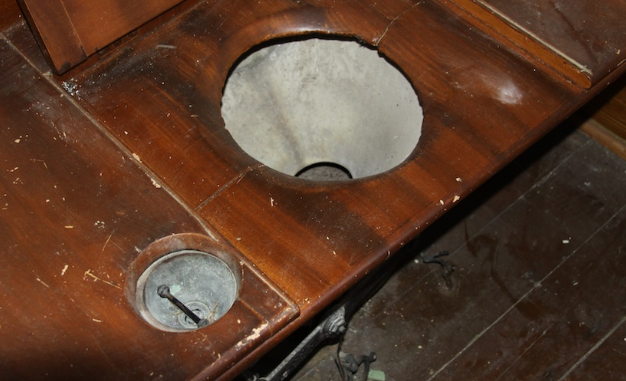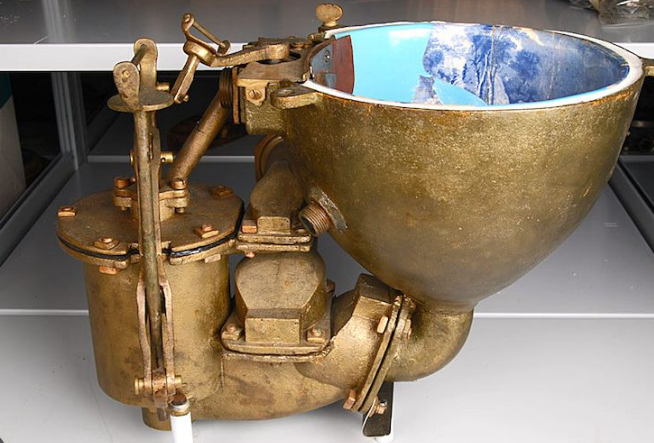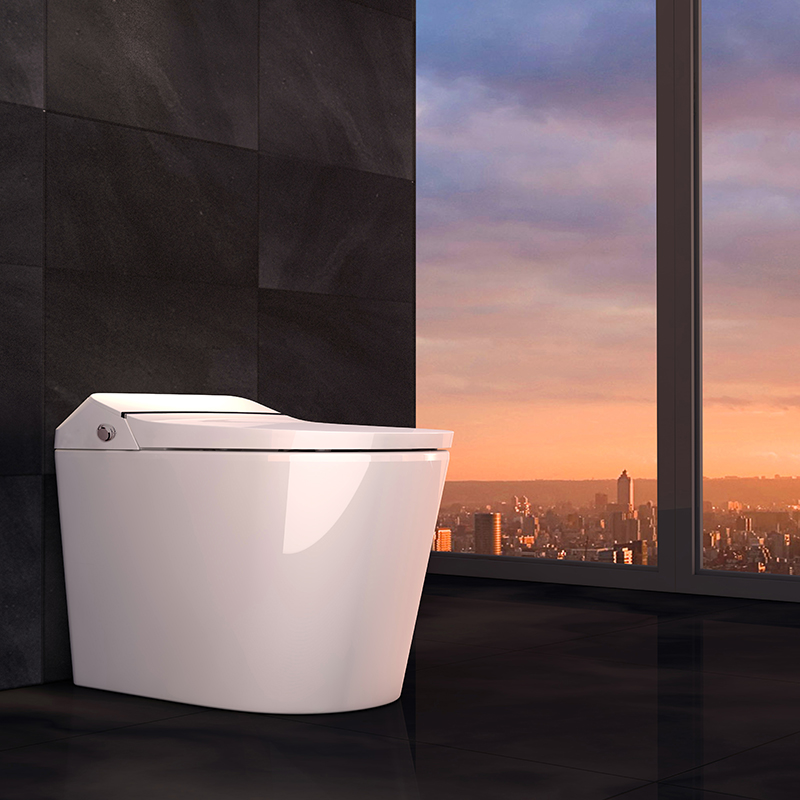Toilet manufacturing has undergone significant evolution and innovation since the inception of modern indoor plumbing in the 19th century. The toilet has come a long way from the basic outhouse to sophisticated modern designs that combine function, efficiency, and aesthetics. As a toilet wholesaler or dealer, it is essential to understand the historical perspective of toilet manufacturing, which can help you appreciate the level of progress and innovation in the industry. In this article, we’ll take a historical journey through the evolution of toilet manufacturing, highlighting the key milestones and innovations that have shaped the modern toilet.
1. The Early Years of Toilet Manufacturing
Toilet manufacturing began in the early 1800s, with the introduction of indoor plumbing systems in Europe and North America. The first toilets were basic and often consisted of a simple bowl that was flushed with a bucket of water. These toilets were made of earthenware, porcelain, or iron and were not connected to any drainage system. Instead, the waste was manually removed and disposed of.
In the mid-1800s, toilet manufacturing began to take shape, with the introduction of the first flushing toilet. The first flushing toilet was invented by Sir John Harington in 1596, but it was not until the 1850s that it gained widespread use. The flushing toilet was a significant improvement over the basic toilet, as it used water to flush away waste and was connected to a drainage system.

2. The Rise of the Modern Toilet
The modern toilet, as we know it today, was invented in the late 1800s by Thomas Crapper, a British plumber. Crapper’s toilet design was the first to feature a U-shaped trap that prevented sewer gases from entering the home. The toilet also had a flush valve that allowed water to enter the bowl quickly, resulting in a powerful flush that cleared waste effectively. Crapper’s toilet design was an instant success, and it became the standard for toilet manufacturing for many years.

In the early 1900s, toilet manufacturing saw significant advancements, with the introduction of the first one-piece toilet. One-piece toilets were made of a single ceramic mold, which made them more hygienic and easier to clean. The one-piece toilet also had a sleek design that was more visually appealing than the traditional two-piece toilet.
3. The Modern Toilet Goes Mainstream
In the mid-1900s, toilet manufacturing saw a shift towards mass production, with manufacturers producing toilets on a large scale to meet the growing demand. The introduction of new materials such as plastic and fiberglass made toilet manufacturing more efficient and cost-effective. Manufacturers also began to experiment with new designs, including the first wall-hung toilet, which was suspended from the wall rather than resting on the floor.
In the 1970s, toilet manufacturing took a significant leap forward with the introduction of the first low-flow toilet. Low-flow toilets used less water per flush than traditional toilets, resulting in significant water savings. However, the early low-flow toilets had performance issues, and many consumers complained about their effectiveness in clearing waste. Over time, toilet manufacturers addressed these issues, and low-flow toilets became more efficient and effective.
4. The Advent of Smart Toilets
In recent years, toilet manufacturing has seen a surge in innovation, with the introduction of smart toilets. Smart toilets are equipped with features such as heated seats, bidet functions, and self-cleaning mechanisms. They also have sensors that monitor water usage, detect leaks, and adjust flushing power based on the amount of waste. Smart toilets are often powered by electricity and can be controlled via a remote or a smartphone app, making them more convenient and user-friendly.

Another recent development in toilet manufacturing is the introduction of touchless toilets. Touchless toilets use motion sensors to detect the presence of the user and activate the flushing mechanism automatically. This feature has become increasingly popular in public restrooms, where hygiene is a top concern.
5. The Future of Toilet Manufacturing
As toilet manufacturing continues to evolve, the focus is shifting towards sustainability and water conservation. Many toilet manufacturers are investing in research and development to create toilets that use even less water per flush and are more efficient in clearing waste. There is also a growing trend towards the use of recycled and eco-friendly materials in toilet manufacturing.
In addition to sustainability, toilet manufacturers are also exploring new designs and features to improve user experience. One such innovation is the concept of a “smart bathroom,” which integrates various smart devices and technologies to create a fully connected and automated bathroom experience.
Conclusion
The evolution of toilet manufacturing has been a journey of progress and innovation, from the basic outhouse to the sophisticated smart toilets of today. As a toilet wholesaler or dealer, understanding the historical perspective of toilet manufacturing can help you appreciate the level of progress and innovation in the industry and make informed decisions about the products you offer to your customers.
From the early years of toilet manufacturing to the rise of the modern toilet, and from the mainstream adoption of low-flow toilets to the advent of smart toilets, toilet manufacturing has come a long way. The future of toilet manufacturing looks bright, with a focus on sustainability, water conservation, and new designs and features to improve user experience. By staying up-to-date with the latest trends and innovations in toilet manufacturing, you can ensure that your business remains competitive and your customers are satisfied.